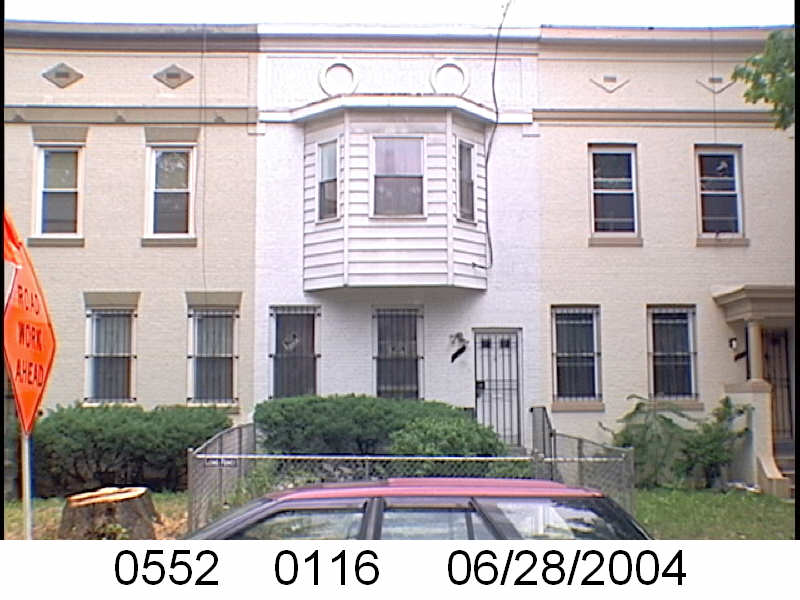The Washington Sanitary Improvement Company (WSIC) was a late 19th century charitable capitalism experiment that ended in the 1950s. This blog started looking at the homes that were supposed to be sold to African American home buyers, after decades of mainly renting to white tenants.
 Looking at WSIC properties they tend to have a pattern where the properties were sold to a three business partners, Nathaniel J. Taube, Nathan Levin and James B. Evans as the Colonial Investment Co. for $3 million dollars. Those partners sold to African American buyers. There was usually a foreclosure. Then the property wound up in the hands of George Basiliko and or the DC Redevelopment Land Agency (RLA). Then there was the odd lucky ones who managed to avoid that fate.
Looking at WSIC properties they tend to have a pattern where the properties were sold to a three business partners, Nathaniel J. Taube, Nathan Levin and James B. Evans as the Colonial Investment Co. for $3 million dollars. Those partners sold to African American buyers. There was usually a foreclosure. Then the property wound up in the hands of George Basiliko and or the DC Redevelopment Land Agency (RLA). Then there was the odd lucky ones who managed to avoid that fate.
Let’s see what happens with 225 P St NW:
- January 1951 Evans, Levin and Taube sold one-half of 225 P Street NW to Arthur V. and his wife Carlis M. Foust.
- January 1951 the Fousts borrowed $3,150 from Colonial Investment Co. favorite trustees Abraham H. Levin and Robert G. Weightman.
- January 1951 Evans, Levin, and Taube sold the other half of 225 P St NW to Mrs. Gladys V. Hill Hodge.
- Jan 1951 Mrs. Hodge borrowed $3,150 from trustees Abraham H. Levin and Robert G. Weightman.
- May 1957 the Fousts lose their half to foreclosure. Their half of the property returned to Evans, Taube, and new partner Harry A. Badt via an auction.
- May 1957, as part of a larger property package, the Badts (Harry A. and wife Jennie) transfer/sell their interest in 225 P St NW to Nathan Levin’s survivors.
- June 1959, as part of a larger package, Badt, Evans, Taube, their wives and Levin’s survivors sold half of 225 P St NW to Sophia and George Basiliko.
- February 1960, Mrs. Hodge lost her half of the property to foreclosure. This second half of the property returned to Badt, Evans, and Taube via an auction.
- February 1960, the Badts, as part of a larger package, transferred/sold their interest in the property to the Levin survivors.
- August 1960, Evans, Taube, their wives, and the Levin survivors sold the remaining half to George Basiliko.
- Sometime between 1973 and 1978 Basiliko sold/transferred the property to the DC Redevelopment Land Agency.
- Either in 1978 or 1979, as part of a larger package, the DC RLA sold the property to Bates Street Associates, Inc.
Let’s whip out our WSIC bingo card. Halves of one property sold to two separate households, check. The sole lenders were Abraham H. Levin and Robert G. Weightman, check. Foreclosure, double check. Sold to George Basiliko, check. Sold to DC RLA? Check.
